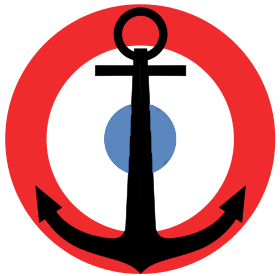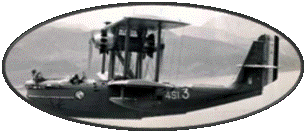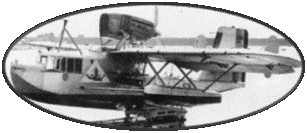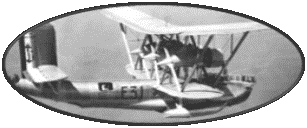History
of the Ship
Ten "De
Bougainville" class ships will be built between 1931 and 1940.
Eight of them will return to service before the Armistice of June
1940. The last two will not be completed in time. These vessels,
designated "avisos for distant campaigns" were capable
of a large range, and their shallow draft should allow them to go
up the rivers of Asia and Africa. The Avisos of this class will
be the first French surface ships to be fitted with diesel engines.
The construction of the Aviso
"Dumont-d'Urville" was entrusted to the Chantiers Maritimes
du Sud Ouest de Bordeaux on November 19, 1929. The new ship, launched
on March 21, 1931, will enter into service on June 4, 1932 after
having completed its tests. He was assigned as soon as he left the
port of Papeete in Polynesia. At the declaration of the War, in
September 1939, the "Dumont d'Urville" leaves Saigon to
join Toulon and enter a fairing. When he leaves, he will be employed
in convoy escort missions in North, Equatorial or West Africa.
After the Armisitice of June
1940, under the colors of the Vichy Navy, the "Dumont d'Urville"
was sent to New Caledonia to regain control of the island. He arrived
in Noumea on August 23, 1940, but an Australian cruiser forced the
men sent by Vichy to re-board the Aviso ...
The "Dumont d'Urville"
then joins the French Fleet present in the Far East where it will
take part in the battle of Koh Chang which opposed the French Ships
to the Thai Fleet. The latter suffered a severe defeat: several
ships were sunk or severely damaged by French ships little affected
by enemy fire.
In September 1942, the Aviso
participated in the rescue of the survivors of the Laconia liner
torpedoed by the submarine U-156. This one, noticed that the Allied
building which it had just torpedoed contained 1800 Italian soldiers
prisoners. In order to save them, he towed the lifeboats of the
sunken ship, while calling on nearby ships to help him. The submarine
dived however after being bombed by an American plane ...
After Operation Torch, the
Allied landing in North Africa, the "Dumont d'Urville"
joined the Free Naval Forces and was sent to the United States to
be modernized. Its machines are replaced and its anti-aircraft armament
is seriously reinforced: it receives 4 simple turrets of 40mm guns
as well as 11 guns of 20mm. It also has radar equipment. Upon his
return, he carried out escort convoy missions to the Indian Ocean,
the Mediterranean and the North Atlantic until the Armistice in
May 1945.
In September 1946, he brought
back to Indochina, the Ho Chi Minh delagation after the failure
of the negotiations at the Fontainebleau conference. He will then
support, by his artillery, the French troops ashore in the Haiphong
region on November 23, 1946.
The "Dumont d'Urville"
notice is withdrawn from service and dismantled in 1958









